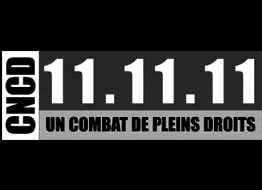[guestbook-title]
Google TranslateWhat about #Child?
Before they erected new barriers on the beach between San Diego and Tijuana, the row of steel posts was a rendezvous point for people from both sides of the border. For those without the documents to cross, this was the closest they could get to their families inside America. Mexicans on either side of the border unfolded lawn chairs on the sand and talked to each other through the fence posts. They exchanged gossip, sweets and warm tamales wrapped in foil. Fingers stretched past the posts to pinch children’s cheeks. “I saw people introduce new grandchildren to grandparents,” said Reverend John Fanestil, who used to serve Communion through the fence posts.
There were children at the fence in Ceuta, too, but their parents wanted more for them than just pinched cheeks and caramelos. They wanted a European life. In September 2005, 500 Africans stormed the fence. Amid the medieval din – the shouts, the bullets, the rattle of chain links – some said they heard an infant crying while being carried over the wire. By daybreak, five Africans lay dead at the fence. I’ve read rumours that the child laid among them, but no one will say for sure.
Canadian author Marcello Di Cintio chronicles his journeys to fortified borders around the world in his book Walls: Travels Along the Barricades.
Read More
Before they erected new barriers on the beach between San Diego and Tijuana, the row of steel posts was a rendezvous point for people from both sides of the border. For those without the documents to cross, this was the closest they could get to their families inside America. Mexicans on either side of the border unfolded lawn chairs on the sand and talked to each other through the fence posts. They exchanged gossip, sweets and warm tamales wrapped in foil. Fingers stretched past the posts to pinch children’s cheeks. “I saw people introduce new grandchildren to grandparents,” said Reverend John Fanestil, who used to serve Communion through the fence posts.
There were children at the fence in Ceuta, too, but their parents wanted more for them than just pinched cheeks and caramelos. They wanted a European life. In September 2005, 500 Africans stormed the fence. Amid the medieval din – the shouts, the bullets, the rattle of chain links – some said they heard an infant crying while being carried over the wire. By daybreak, five Africans lay dead at the fence. I’ve read rumours that the child laid among them, but no one will say for sure.
Canadian author Marcello Di Cintio chronicles his journeys to fortified borders around the world in his book Walls: Travels Along the Barricades.
Hide Info















